There are more than 1,300 Sengen Shrines throughout Japan. Almost all are dedicated to the goddess of Mt. Fuji. A handful are dedicated to a different goddess, and there’s a troubling tale behind this.
Sacred Mt. Fuji

Mt. Fuji is the most recognizable landmark in Japan. It’s the country’s tallest mountain and has been a very sacred place for many centuries. Its active volcano has erupted many times and worshippers work ceaselessly to appease the volatile goddess of the mountain.
Mt. Omuro
About 60 kilometers southeast of Mt. Fuji is Mt. Omuro, one of the most recognizable landmarks on Japan’s Izu Peninsula. Mt. Omuro is a beautiful, perfectly conical dormant volcano covered in brilliant green susuki grass during the spring and summer.
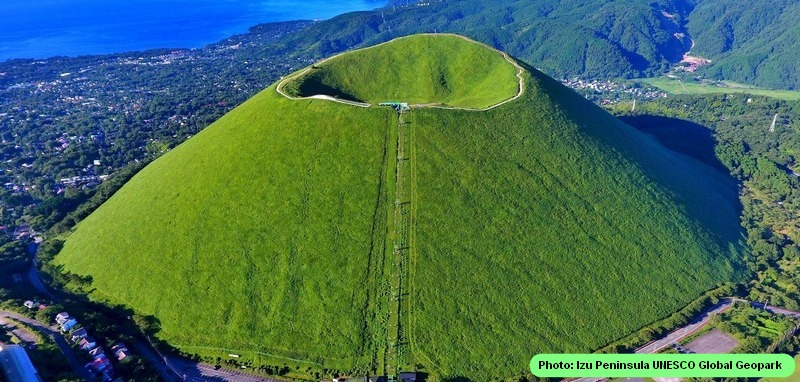
The Mythological Background
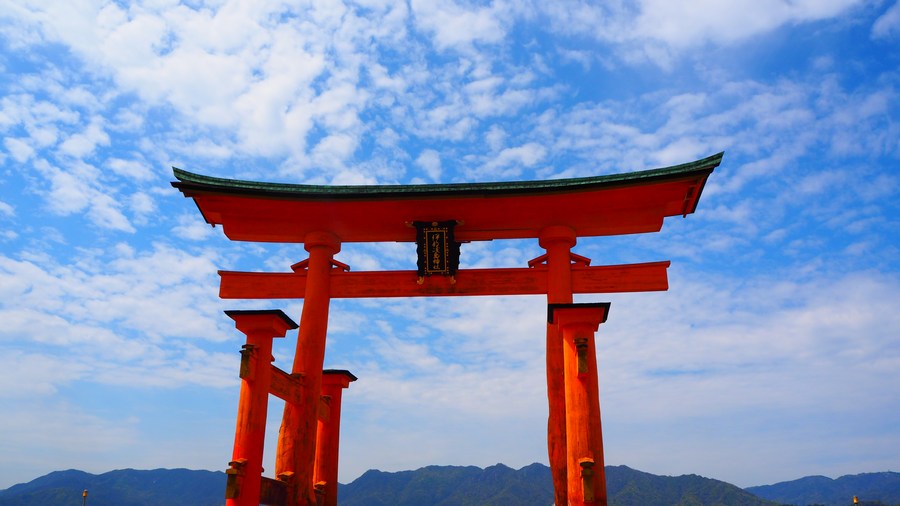
Few people know of the relationship between Mt. Fuji and Mt. Omuro, but it is a story so fundamental to the human condition that it appears in Japan’s earliest written documents, the Manyoshu and Nihon shoki. It is a classic tale of sibling rivalry and our adoration of superficial beauty over inner strength.
Amaterasu - the Sun Goddess
The most important diety in Japanese mythology is Amaterasu, the sun goddess. One of her older brothers was Ohyamazumi, the god of mountains. Ohyamazumi had two daughters, Iwanagahime and Konohana Sakuyahime. Iwanagahime was the older daughter. She was calm, patient, and dependable, but she was also rather homely. Her younger sister, Konohana Sakuyahime, was beautiful but had a fiery temper and was hard to please.
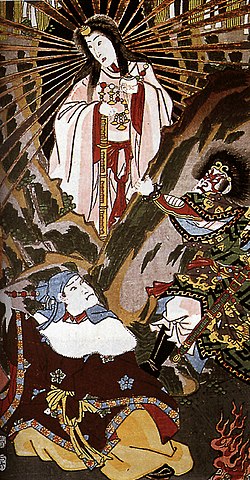
Our fifth and final character is Ninigi, the grandson of Amaterasu. He was charming and widely revered among dieties. Ninigi was smitten by Konohana Sakuyahime, the beautiful younger daughter of his great uncle, the mountain god Ohyamazumi, and asked if he could marry her. Ohyamazumi was so pleased that he decided to throw in the older daughter, Iwanagahime as a bonus.
Oh, What a Tangled Web We Weave ...
Ninigi understood that the only way he was going to get the beautiful Konohana Sakuyahime was to accept Iwanagahime as part of the deal, so he did. After the rituals and obligatory consummation were over, Ninigi proceeded to dump Iwanagahime like a gifted Christmas sweater.
Ohyamazumi-no-kami the mountain god was furious. He denounced Ninigi by saying, “I gave you Iwanagahime because she is the goddess of rocks and longevity. She would have brought you long life and stability. From now on, you and your descendants will live short and arduous lives!”
The Price of Beauty
Thus is the story of Iwanagahime and Konohana Sakuyahime. In spite of such harsh lessons, superficial beauty still exerts great control over men and gods alike. Konohana Sakuyahime became the goddess of Mt. Fuji, the most admired in all of Japan. Her fiery temper, numerous eruptions, and hard to please nature have led to more than 1,300 Sengen Shrines being built throughout Japan, the chief among them atop Mt. Fuji.
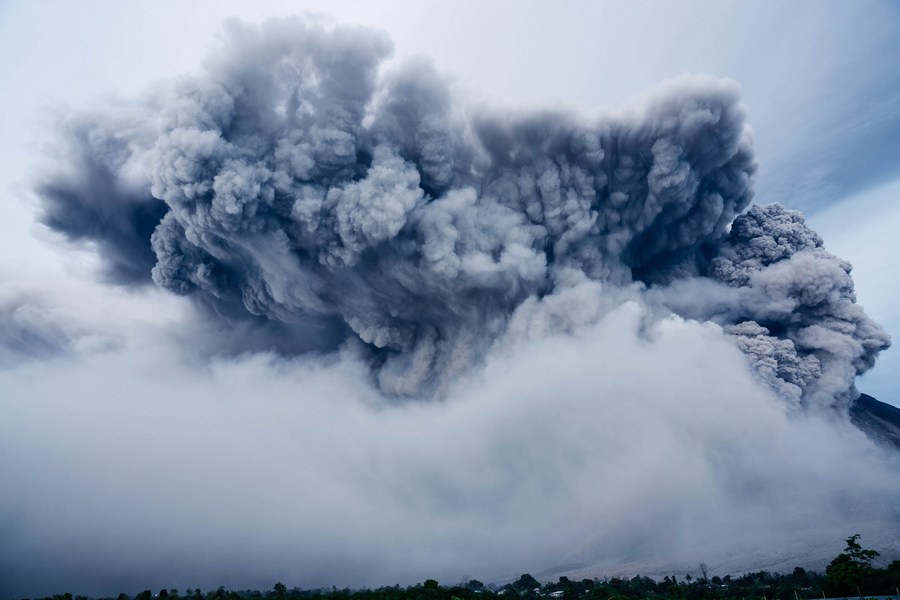
Izu Peninsula's Mt. Omuro
The homely Iwanagahime took solice in nearby Mt. Omuro where she gave birth to her only child. There is a shrine at the top of Mt. Omuro, which oddly enough is also called Sengen Shrine (the same as her younger sister’s shrine at Mt. Fuji). Since long ago, women have quietly come to the Mt. Omuro Sengen Shrine to pray for safe childbirth and long life.
On a clear day, Mt. Fuji rises prominently into view from the top of Mt. Omuro. It is highly recommended not to comment on Mt. Fuji’s beauty when you see her.
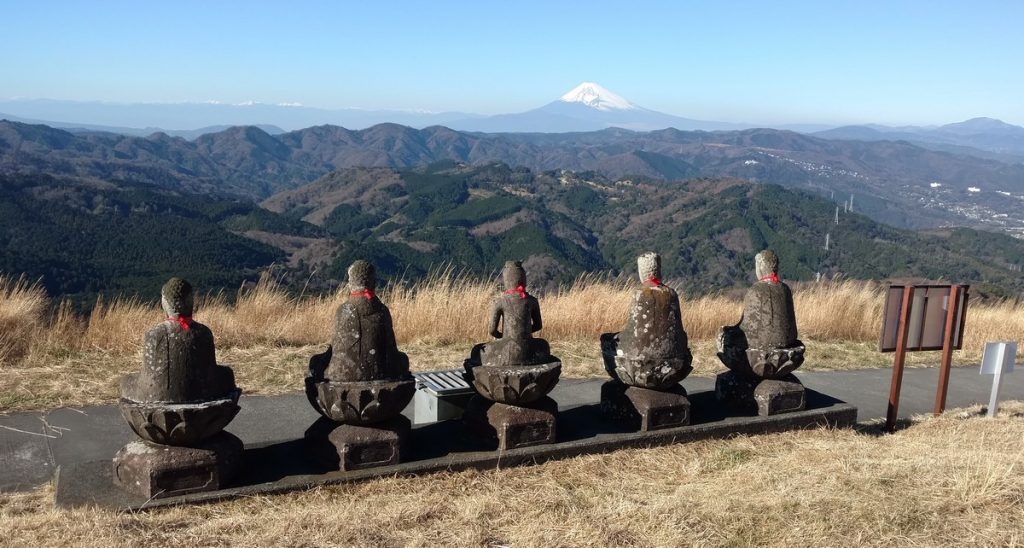
Enjoy Mt. Omuro
The Izu Peninsula’s Mt. Omuro is a very unique mountain and one of the area’s most popular destinations. Thousands of visitors ascend to the top each week via chairlift.
From the top, you can see all the Izu Islands in the Sagami Bay to the east, the Amagi Mountains to the south and even the Suruga Bay to the west.
Where is Mt. Omuro?
Mt. Omuro is easily accessible from Tokyo via the JR Odoriko Line. Get off at Izu Kogen station and take a short taxi ride to Mt. Omuro Lift.
To learn more about getting around Japan by train, visit TS Japan Railway Net.
For a guided tour of Mt. Omuro, contact Jimmy’s Izu Tours.
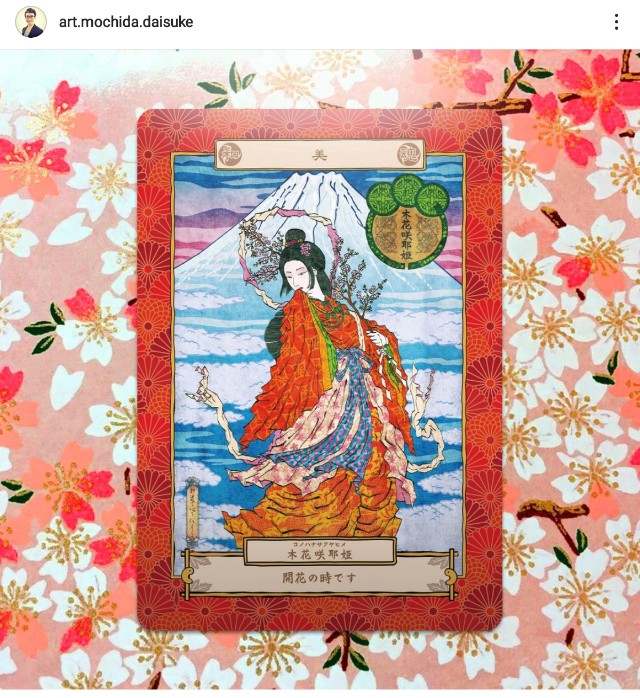
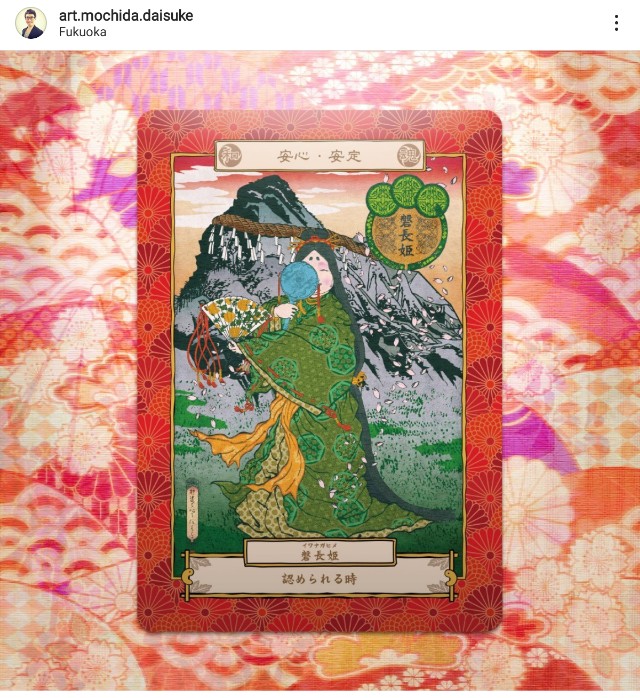
This is a fascinating piece of folklore. I especially loved the advice not to comment on Mt Fuji’s beauty from Mt Omuro.
Interesting story! It adds to the pleasure when visiting these places and knowing the history whether real or mythical (and mythical can have as much if not more influence on how people live). Thanks for this!
Thanks, Stephen. It is indeed mythology, and for me . . . storytelling. Like you said, knowing the history and the stories that locals have passed down for hundreds of years, adds new layers of appreciation to a place.
Even though I am a non-believer, I must admit that since hearing this story, I find myself trying not to say how beautiful Mt. Fuji is when I’m standing atop Mt. Omuro.